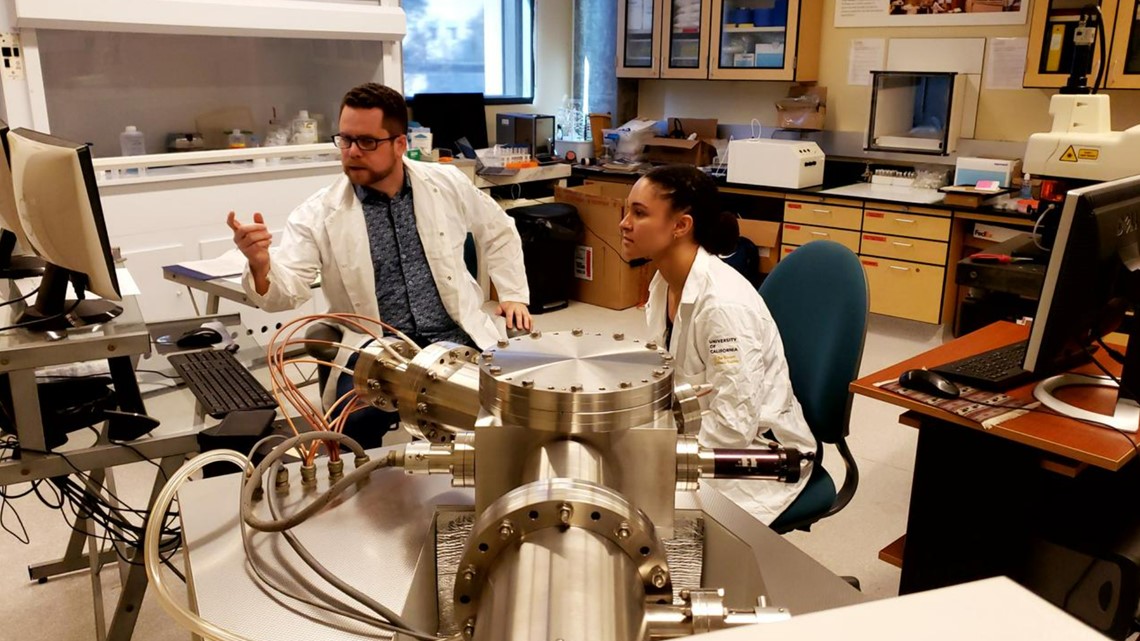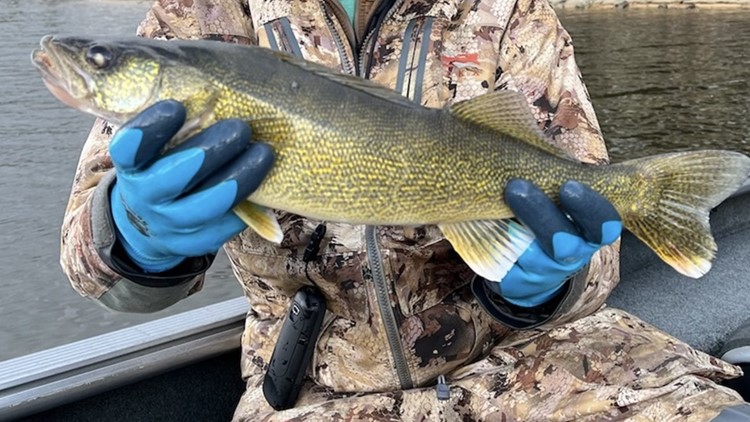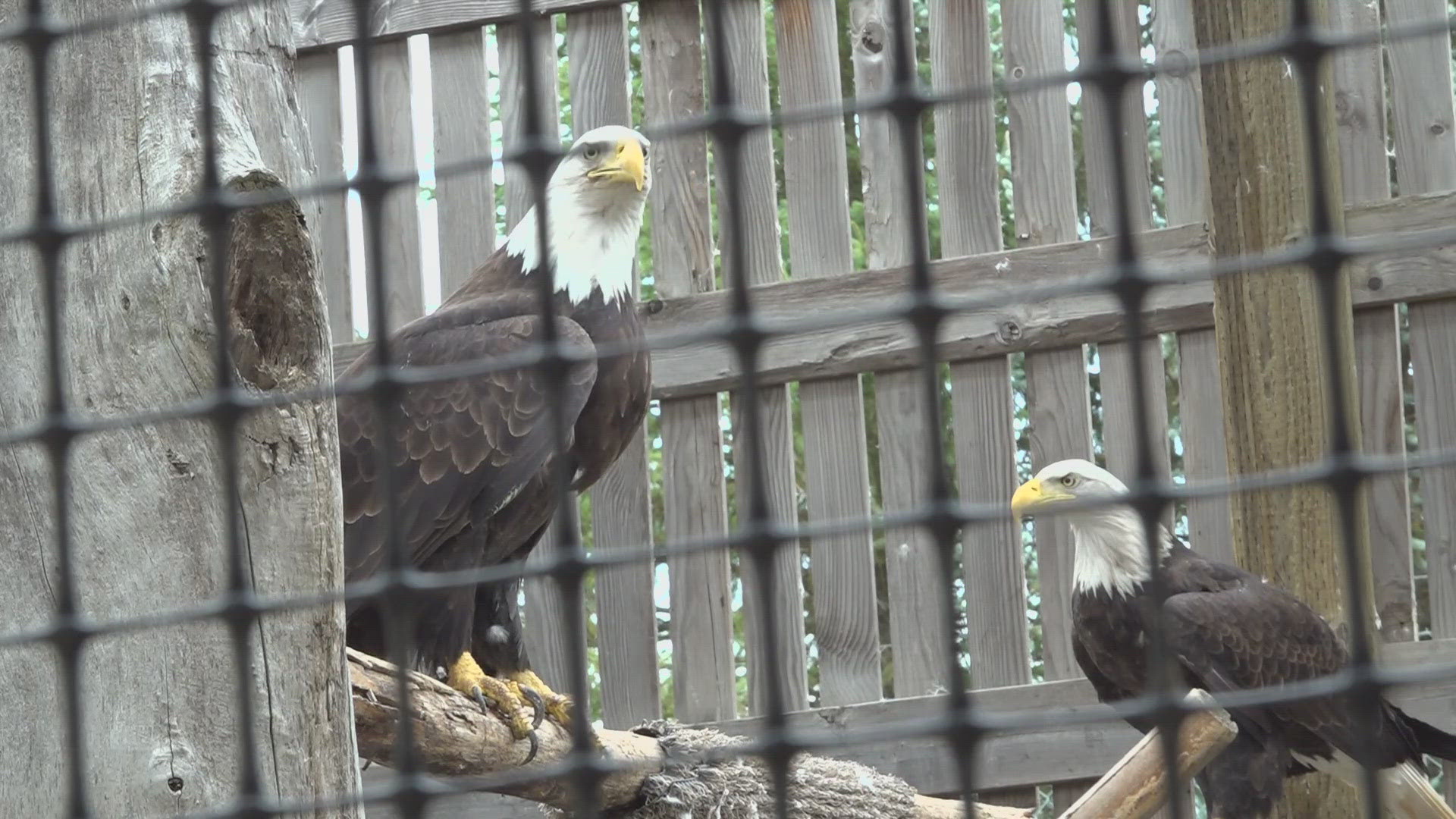CASCADE, Idaho — Idaho Fish and Game (IDFG) researchers this week confirmed a walleye caught in Lake Cascade in May 2022 was transported and illegally-stocked in the lake two years before it was caught.
Off-duty Regional Fisheries Biologist, Mike Thomas, was fishing Lake Cascade with local angler, Chris Weber, when Weber landed the fish. According to IDFG, the mature male walleye measured 20-inches in length and weighed nearly 3 pounds.
An angler also reported catching a 19-inch Walleye near Lake Cascade's Crown Point back in 2018. The walleye caught in May 2022 was near the Boulder Creek arm of Lake Cascade.
A research team with Idaho Fish and Game compared the walleye to three perch that lived in Lake Cascade their entire lives, for biologists to characterize the lake's chemical signature.
Research showed the walleye's otolith, or ear bone, only matched the chemical signature in Lake Cascade for the past two years.
It is illegal to release live fish or their eggs in Idaho under state code without the permission of the IDFG director. It is also illegal to possess or transport the live fish or their eggs without permission.
Idaho Fish and Game said it has never stalked walleye into Lake Cascade or any of its rivers or streams flowing into the lake. Walleyes are "incompatible" with the perch in Lake Cascade and its fisheries downstream, such as the Brownlee, Oxbox and Hells Canyon reservoirs, according to IDFG.
To get answers on where the walleye came from and how long the two illegally-stocked fish have been in the lake, IDFG has partnered with a team of research scientists.
Walleye fisheries established by IDFG are in isolated reservoirs, such as the Salmon Falls Creek Reservoir in southcentral Idaho. The reservoir does not allow for the fish to access other waters, due to the threat the walleyes present to existing fisheries.
Back in May 2022, Idaho Fish and Game called the presence of walleye in Lake Cascade "disheartening," because of the lake's rebuild to become known as a destination for fishing world-class perch in recent years. Walleyes are predators that could change the dynamics of fisheries downstream.
When the fish was caught, Thomas brought it back to McCall to collect samples at the fish and game office. The walleye's inner ear bones were sent to a research team from NOAA Fisheries, UC Santa Cruz, and UC Davis Center for Watershed Sciences in California.


According to IDFG's release, the team found the walleye's chemical signature in its otoliths was "very different" prior to 2020. The determination leads them to believe the walleye was in fact illegally-transported to Lake Cascade as a 2-year-old in 2020.
“Mystery solved!” Carson Jefferes with UC Davis Center for Watershed Sciences said. “I haven’t seen such definitive isotope data. I was relieved to learn that there wasn’t a self-sustaining population in Lake Cascade."
Fortunately, Idaho Fish and Game said they have not received any additional reports of walleye being caught in Lake Cascade. Staff have also been monitoring for walleye in the lake with no sightings, suggesting the "abundance of walleye is very low."
“At this point, we have seen nothing to indicate that walleye have successfully established themselves in Lake Cascade, which is good news,” McCall Regional Fisheries Manager Jordan Messner said.
Citizens Against Poaching (CAP) offers cash rewards for information on walleye being introduced into public waters. Anyone with information is asked to call the CAP hotline at 1-800-632-5999.
To learn more about the science being IDFG's research and walleye's impact on fish in Lake Cascade, click here.
Watch more Local News:
See the latest news from around the Treasure Valley and the Gem State in our YouTube playlist:



